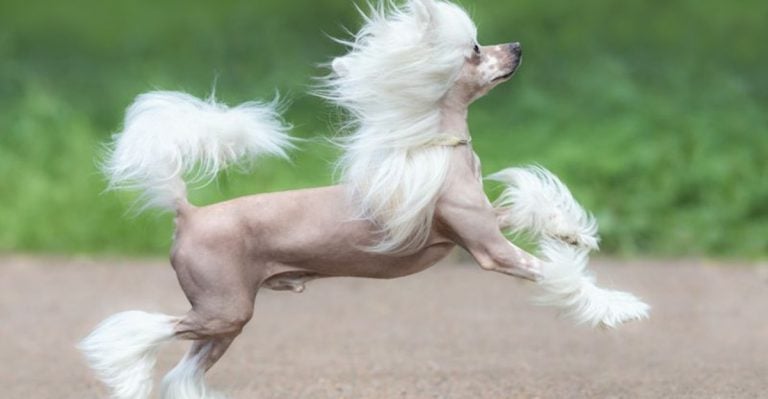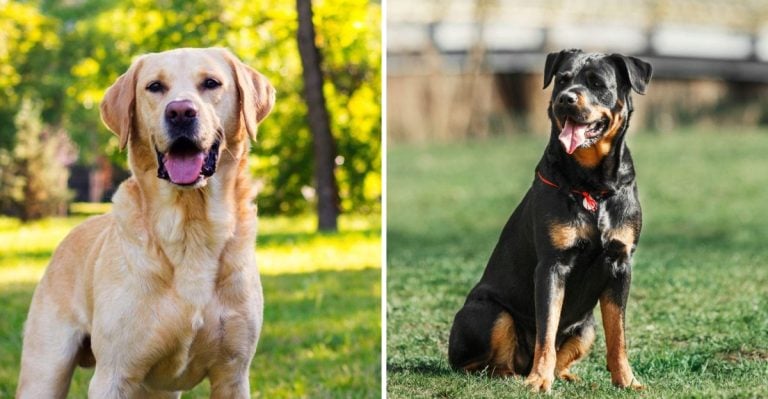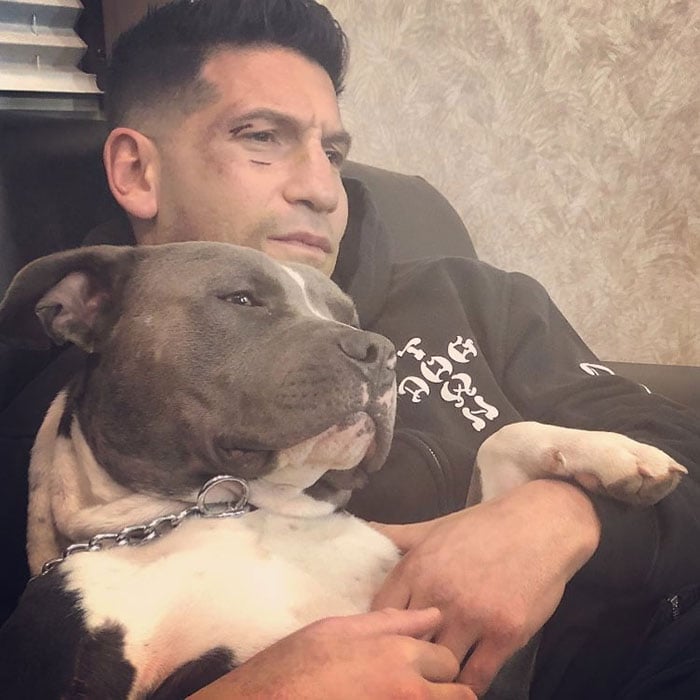15 Dog Breeds That Can Overwhelm First-Time Owners

Getting a dog is exciting until reality sets in. First-time owners often find themselves in over their heads. While breed tendencies can provide a general idea, every dog is unique, and other factors play a significant role in behavior. It’s important to know which breeds are typically more challenging for beginners to handle. So, let’s find out.
Siberian Husky
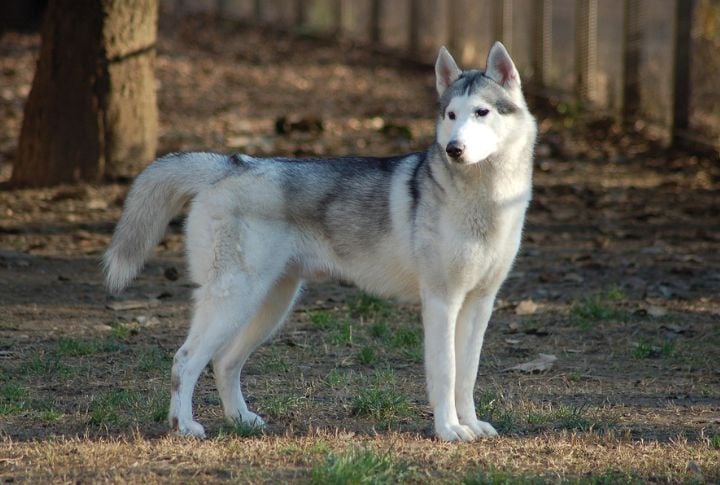
Huskies are stunning, but these escape artists have endless energy. If there’s a weak spot in your fence, the dog will find it. Originally bred to pull sleds across harsh Arctic conditions, they have impressive stamina and require rigorous daily exercise. Overall, the Siberian Husky is brilliant but notoriously stubborn, often making training a challenge.
Border Collie

Border Collies aren’t just intelligent. Leave one alone too long, and you might come home to shredded cushions. A lack of mental and physical stimulation usually leads to obsessive behaviors, like excessive barking or even attempts to herd children and other pets. A first-time owner unprepared for such intensity may quickly feel outmatched.
Akita

Loyalty is a great trait, but with an Akita, it can be intense. This breed bonds deeply with its owner but tends to be aloof with strangers. Known for a quiet yet dominant demeanor, the Akita requires an owner who can establish leadership early on. Moreover, despite its dignified appearance, it can be aggressive with other animals.
Belgian Malinois

Think of a German Shepherd with an overactive imagination, and you get the Belgian Malinois. This highly driven breed excels as a working dog but can overwhelm an inexperienced owner. The Malinois demands intense daily training and mental stimulation. Without the proper experience and dedication, keeping up with this energetic powerhouse can be exhausting.
Dalmatian

Beyond athleticism, Dalmatians have a strong-willed nature that makes training a challenge. The breed is prone to stubbornness and needs consistent, firm guidance. Another hurdle is a predisposition to genetic deafness, which affects a significant percentage of these spotted dogs. A deaf Dalmatian needs specialized training techniques, which can be daunting for a beginner.
Chow Chow

Some say Chows are more like cats than dogs. This independent breed won’t obey commands just because you asked. Originally bred as guard dogs in China, Chows have a natural wariness of strangers and require extensive socialization. Besides, their coats need grooming regularly to prevent matting, which can also be a hassle for an unprepared owner.
Alaskan Malamute

Imagine a Husky, but bigger and stronger. The Alaskan Malamute is an influential, independent thinker with a stubborn streak. Its thick fur demands serious maintenance, and shedding is a year-round issue. Highly social by nature, this Arctic breed can have separation anxiety if left alone for too long. Without a firm and experienced owner, handling such strength can be difficult.
Jack Russell Terrier
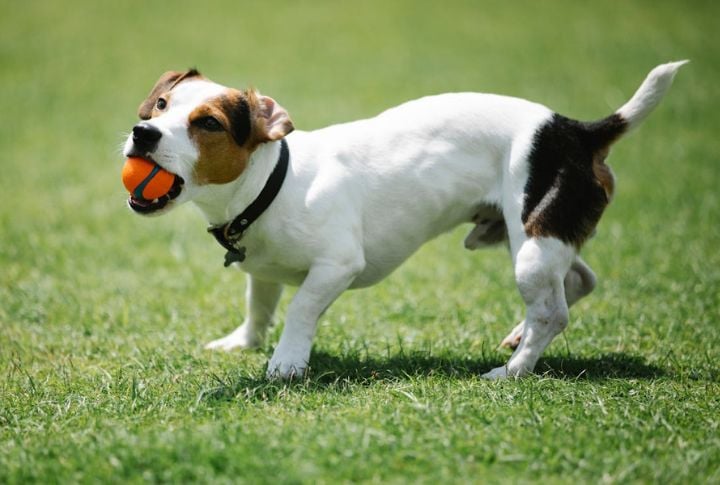
Small doesn’t mean easy. Jack Russells are little rockets with unlimited fuel. This hyperactive breed needs constant mental and physical stimulation, or it will channel excess energy into digging, chewing, and barking. While intelligent enough to learn commands, the terrier’s stubborn streak ensures training is never a simple task.
Cane Corso
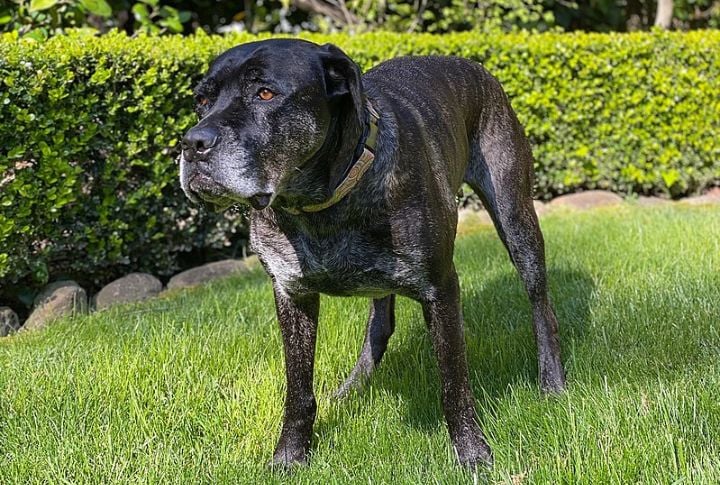
This powerhouse of a breed is both protective and imposing. Cani Corsi require strong leadership and structured training from day one. Originally bred as war dogs and guardians in ancient Rome, these muscular canines have a strong protective instinct and require firm handling. Their sheer strength alone makes them a handful, and raising one passively is not an option.
Australian Cattle Dog

Tough and always on the move, the Australian Cattle Dog was bred to herd livestock in harsh conditions. These rugged working dogs form strong bonds with their owners but need constant engagement and structured training. Their strong herding instinct can lead to nipping at children or other pets, making them a tricky choice for first-time owners.
Rottweiler

Rottweilers need a confident owner who can establish control early on. Strong protective instincts make this breed an excellent watchdog, but without proper training, dominance or aggression can become a problem. These powerful dogs need firm, consistent leadership and plenty of socialization to develop into well-mannered companions.
Great Dane

Their massive size might be intimidating, but Great Danes are often called “gentle giants.” However, their sheer bulk alone makes them a challenge. A Dane needs ample space to move comfortably, and its strength requires an owner who can handle it physically. While affectionate and friendly, this towering breed can accidentally knock over small children or furniture.
Coonhound

Bred for hunting, Coonhounds have an incredible sense of smell and a strong prey drive. These scent hounds love to follow a trail, which can make recall training difficult. Their high energy levels demand plenty of exercise, and their baying howl isn’t suited for apartment living. Without proper training and stimulation, a restless Coonhound is difficult to manage.
English Bulldog

While the wrinkled face and stocky body make this breed look charming, English Bulldogs come with a host of health issues and stubborn tendencies. Breathing problems, skin infections, and joint issues call for dedicated care. Bulldogs also tend to be lazy and can quickly gain weight if not exercised properly.
Shiba Inu

Cute? Yes. Easy to train? Absolutely not. A Shiba Inu is as independent as it comes, often ignoring commands unless there’s a good reason to follow them. This intelligent but strong-willed breed prefers to do things on its own terms. Bred for hunting in Japan, it has a strong prey drive and is a notorious escape artist.

